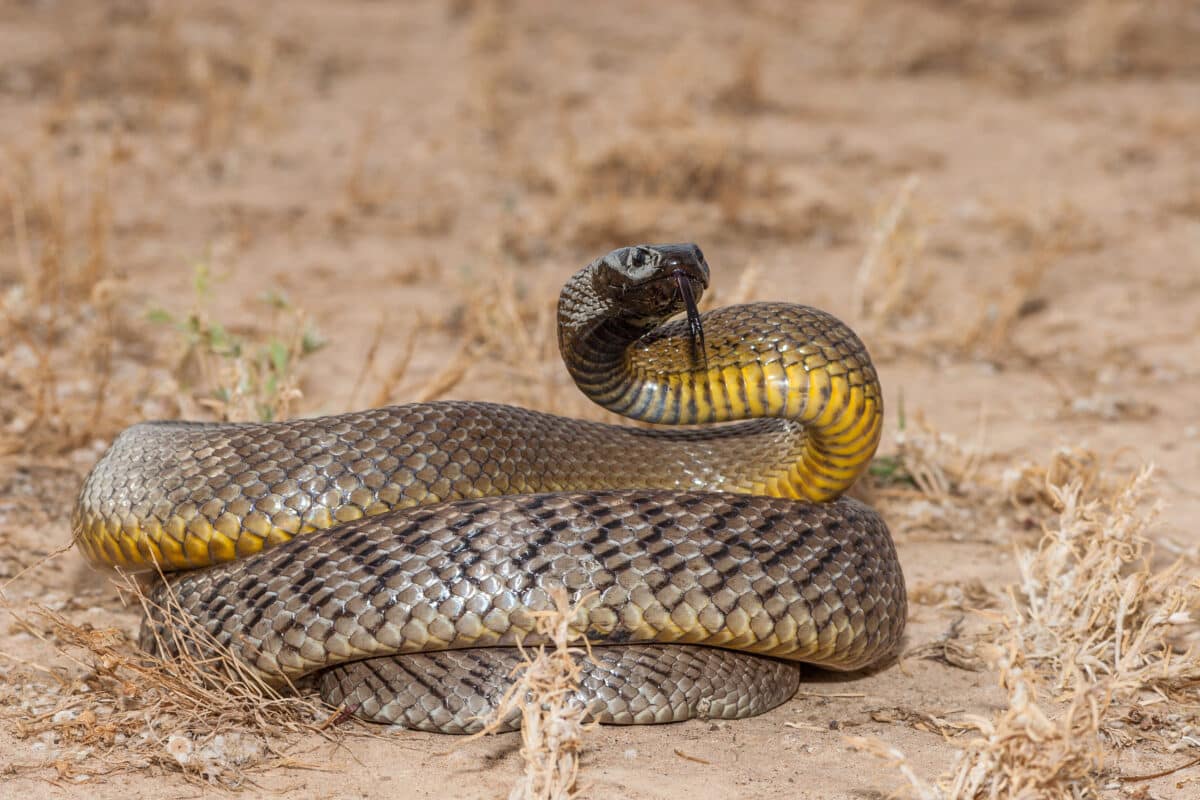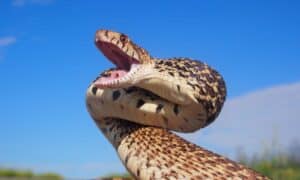Introduction
Australia is famous for its one-of-a-kind wild animals, including a diverse range of poisonous serpents. These animals, while often been afraid, play essential functions in preserving environmental balance. Understanding the preservation of Australia's poisonous serpents and the duty that education and learning and understanding play can substantially enhance our coexistence with these remarkable reptiles. This article discovers numerous elements of snake preservation, the value of public education and learning, and practical first aid steps for serpent bites.
Conservation of Australia's Venomous Snakes: The Function of Education and Awareness
In Australia, snakes are a vital part of the ecological community, managing pest populations and adding to biodiversity. However, lots of species deal with threats because of environment loss, climate modification, and human task. The conservation initiatives focused on safeguarding these reptiles pivot significantly on education and learning and increasing recognition among the general public.
By informing people regarding snake actions, their ecological value, and safe techniques for cohabiting with them, we can reduce fear-driven actions that result in unneeded killings or injuries. Educational initiatives assistance eliminate misconceptions bordering serpents-- such as the typical question: are tiger snakes venomous?-- and encourage respect for their duty in nature.
The Significance of Awareness Programs
Awareness programs are vital in changing public understandings regarding snakes. Several individuals check out these reptiles as inherently hazardous without understanding their eco-friendly roles. Public outreach efforts can consist of workshops, area occasions, college programs, and information campaigns designed to inform people about:
- Identification of poisonous species: Understanding which serpents are dangerous assists individuals prevent encounters. Safe behaviors: Mentor individuals just how to act around snakes can stop bites. First help knowledge: In instances where attacks do happen, being educated about first aid for serpent bites can save lives.
By raising recognition with structured education follow this link What are the most venomous snakes in Australia and learning efforts, we can promote a culture that respects wild animals and focuses on coexistence as opposed to fear.
Types of Venomous Snakes Found in Australia
Australia is home to a few of the globe's most poisonous serpents. Right here's a short summary:
Tiger Serpent (Notechis scutatus)- Commonly found in seaside regions. Known for its powerful neurotoxic venom. Frequently seen near water bodies.
- Highly aggressive with powerful venom. Responsible for more snakebite casualties than any type of various other types in Australia.
- Known for its ambush searching style. Has swift striking speed with extremely neurotoxic venom.
- One of Australia's biggest venomous snakes. Its bite can provide huge amounts of neurotoxin.
- Generally non-aggressive but still has dangerous venom. Found mainly along the southwestern coast.
Understanding Their Habitats
Understanding tiger snake environment is necessary for both conservation efforts and public safety. Tiger serpents flourish in locations near to water resources such as swamps, lakes, and marshes yet they likewise occupy coastal areas. Protecting these habitats is important for ensuring the survival of not only tiger snakes yet additionally other wild animals within these ecosystems.


Habitat Defense Initiatives
Various companies function in the direction of habitat security with campaigns such as:
- Establishing protected areas Restoring degraded habitats Promoting lasting land usage practices
These gauges not only profit tiger snakes however add to general biodiversity conservation.
The Role of Research in Conservation Efforts
Research plays a pivotal role in understanding serpent populations and their health and wellness standing. Continuous research studies right into the ecology and habits of Australian serpents inform conservation approaches by giving data on populace numbers, breeding patterns, and risks encountered by various species.
Key Study Areas Include:
- Venom analysis Population dynamics Habitat preferences
This research can guide reliable management strategies to secure susceptible varieties while promoting conjunction with humans.
First Help for Snake Bites: Crucial Knowledge
One vital element that links with education and learning is knowing what to do in situation one Venom toxicity Australian snakes deals with a snake attack-- a situation that requires prompt response skills.
What Every Emergency treatment Package Need To Contain
An appropriate snake bite first aid package should include:
- Compression bandages Sterile gauze pads Antiseptic wipes A splint or immobilization device Emergency call numbers
Step-by-Step First Aid Therapy for Snake Bite
Remain calmness; try to limit motion as it might spread poison quickly. Apply a compression bandage above the bite site without cutting off circulation. Keep the bitten limb immobilized at or listed below heart level. Seek emergency situation clinical assistance immediately.Why Education and learning on Emergency treatment Is Crucial
Educating areas about first aid procedures makes certain timely feedbacks throughout emergencies which can significantly reduce morbidity associated with snake bites throughout Australia.
Frequently Asked Concerns (FAQs)
1. Are tiger serpents venomous?
Yes! Tiger snakes are very poisonous with neurotoxic impacts which make timely medical therapy important after a bite.

2. What ought to I do if bitten by a child tiger snake?
Follow criterion emergency treatment procedures instantly-- keep one's cool, debilitate the arm or leg, apply pressure over the bite website using a bandage or towel without limiting blood flow-- and look for clinical help without delay.
3. Just how typical are serpent bites in Australia?
While stats differ year-to-year as a result of aspects like weather influencing snake activities; average records recommend around 300 situations every year with fatalities being reasonably unusual because of enhanced clinical responses.
4. Can I deal with a serpent bite at home?
No! Home treatments such as using ice or drawing out poison are inefficient; specialist clinical focus is needed after any thought bite incident.
5. What's special concerning eastern brownish snakes?
They're recognized for their hostile nature combined with powerful poison; they represent the majority of fatal bites in Australia due largely to their distance to inhabited areas!
6. What are some common signs following a snake bite?
Symptoms may consist of swelling around the bite location, pain at or near the site; systemic signs might entail nausea or vomiting or problem breathing depending on contaminant kind taken in into bloodstream!
Conclusion
Conservation efforts bordering Australian venemous serpents depend upon reliable educational methods that equip neighborhoods while fostering respect towards these often-misunderstood creatures! By enhancing understanding concerning their ecological significance together with proper safety protocols-- including emergency treatment understanding-- we pave roadways toward sustainable conjunction profiting both people & & wild animals alike!
In essence-- the discussion bordering preservation has to proceed growing through aggressive interaction marrying scientific research along with area involvement making sure meaningful impact today & & tomorrow!